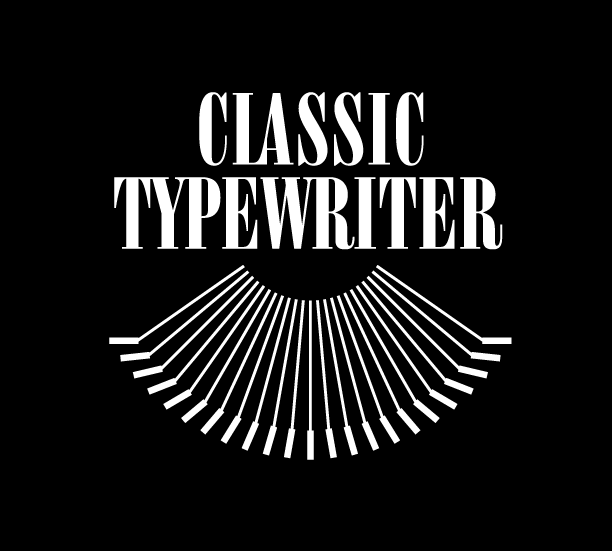Royal Typewriters.
Once upon a time, when the clacking of typewriter keys was the melodic soundtrack of a writer’s workday, there was a brand that reigned supreme: Royal Typewriters. Founded in the late 1800s in New York City, Royal became a trusted name in the world of typewriters, and for good reason.
As the demand for typewriters skyrocketed, Royal Typewriter production ramped up to meet the needs of a growing population of writers, journalists, and entrepreneurs. The company’s success was due in part to their ability to continuously innovate and improve their machines. In fact, in 1906, Royal introduced the first portable typewriter, which became a favorite among writers on the go.
But it wasn’t just the convenience factor that made Royal typewriters so popular. They were also renowned for their durability and precision. In a world where typing errors could mean wasted time and money, Royal typewriters ensured accuracy and efficiency.
Many famous writers were known to prefer Royal Typewriters, including Ernest Hemingway, Tennessee Williams, and John Steinbeck. Hemingway, who famously said “There is nothing to writing. All you do is sit down at a typewriter and bleed,” was known to use a Royal Quiet De Luxe model. Tennessee Williams, the Pulitzer Prize-winning author of “A Streetcar Named Desire,” was a Royal aficionado, particularly of their manual typewriters. John Steinbeck, who wrote such literary classics as “The Grapes of Wrath” and “Of Mice and Men,” was also a fan of Royal Typewriters, supposedly using a Royal KMM model throughout his career.
But what made these writers so loyal to the Royal brand? Perhaps it was the smooth and steady rhythm of the keys or the satisfying clunk of each letter striking the page. Or maybe it was the knowledge that they were using a machine that had been designed and crafted with precision and care.
Whatever their reasoning, it’s clear that the legacy of Royal Typewriters lives on. Even today, decades after the company ceased production in the United States, writers and collectors alike still seek out Royal machines as a cherished piece of literary history.
In fact, vintage Royal Typewriters have become a hot commodity in the world of typewriter enthusiasts. Collectors scour flea markets, online marketplaces, and estate sales in search of rare and unique Royal models. These machines, which were once simply tools for getting work done, have now become coveted works of art.
But the story of Royal Typewriters doesn’t just stop at their popularity among writers. The company also played a significant role in the history of the typewriter industry as a whole. In the early 20th century, Royal was involved in a notorious patent infringement lawsuit against rival typewriter manufacturer Underwood. The lawsuit, which lasted for over a decade, eventually resulted in a settlement that forced Royal to pay Underwood a large sum of money.
While the lawsuit was undoubtedly a dark chapter in the company’s history, it’s also a testament to the importance and relevance of the typewriter industry at the time. This was an era when the typewriter was more than just a tool for typing letters and manuscripts; it was a symbol of progress and innovation.
Of course, as with all technological innovations, the typewriter eventually gave way to newer and more advanced tools, such as computers and word processors. But despite the rise of digital technology, the legacy of the Royal Typewriter lives on.
From its early days as a New York City startup to its place as a beloved icon of literary history, the story of Royal Typewriters is a fascinating one. It’s a tale of innovation, dedication, and perseverance, and it’s one that continues to capture the imaginations of writers and collectors alike.
As we reflect on the legacy of Royal Typewriters and the famous writers who preferred them, we’re reminded of the enduring power of the written word. Whether it’s written on a digital screen or typed on the keys of a vintage Royal, the written word has the power to transport us to new worlds, to challenge our beliefs, and to connect us to each other in ways that are truly magical.
So the next time you sit down to write, take a moment to appreciate the legacy of the Royal Typewriter and the writers who came before you. And who knows, maybe a vintage Royal Typewriter will be waiting for you at your next flea market excursion, just waiting for you to take it home and breathe new life into an old machine.

